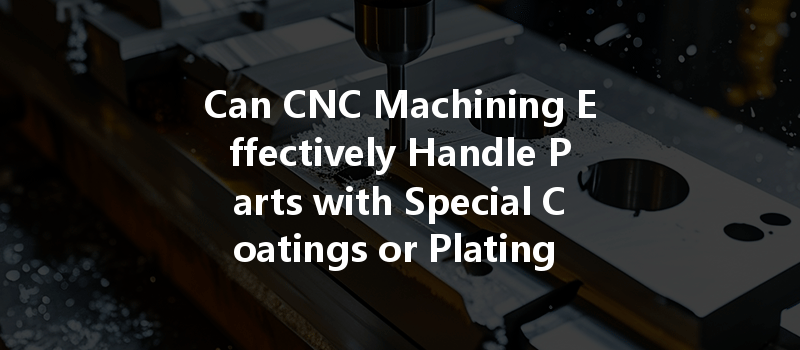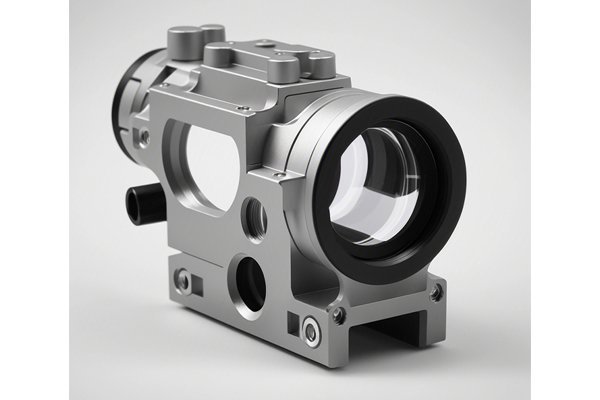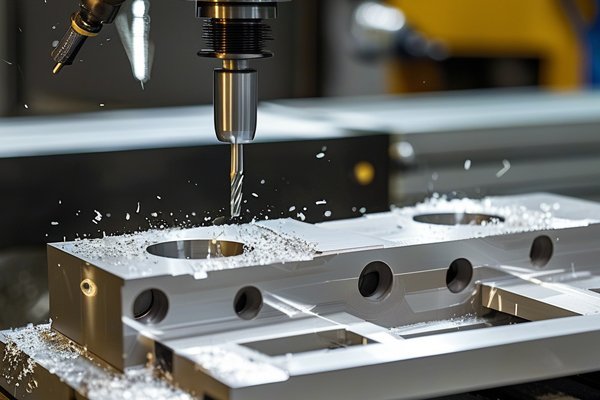Opening
Did you know that approximately 70% of manufacturing companies utilize CNC machining for their precision component production? This technology is not just a marvel of modern engineering; it’s also capable of handling complex parts that have special coatings or plating. This ability to accommodate various coatings significantly enhances the performance properties of machined components, making CNC machining a preferred choice across various industries. But can it really deliver optimal results when faced with parts that have unique surface treatments? In this blog, we’ll explore this intriguing question while providing a comprehensive understanding of CNC machining’s capabilities in handling coated or plated parts.
—
Understanding CNC Machining
CNC (Computer Numerical Control) machining utilizes computer systems to control machine tools. Unlike manual machining, CNC allows for precise cuts and intricate shapes, which can be consistently repeated across multiple parts. The flexibility of CNC machining makes it a widely-adopted method for producing complex parts in sectors ranging from aerospace to medical devices.
The Challenge with Coatings and Plating
While CNC machining excels in precision, it does present challenges when dealing with parts that have special coatings or plating. Coatings can vary widely in composition, thickness, and properties, affecting the milling, turning, or grinding processes. These treatments can impact:
Each of these challenges necessitates a deep understanding of how to adapt machining practices to ensure the optimal performance of both the coated part and the machinery involved.
—
Solutions for CNC Machining Coated Parts
Before machining begins, a thorough analysis of the material and its coating is essential. Understanding the type of coating (e.g., anodizing, plating, paint) and its properties can help machinists select appropriate tools and parameters. Additionally, knowing the substrate material (e.g., aluminum, steel, plastic) also plays a critical role in pre-machining considerations.
The choice of cutting tools is paramount. Abrasive coatings may necessitate hard, wear-resistant tools made from carbide or ceramic materials. On the other hand, softer coatings might allow the use of standard steel tools but could still require surface treatments for longevity. Advanced coating technologies, such as PVD (Physical Vapor Deposition), are also an option to enhance tool strength and durability.

Once appropriate tools are selected, adjusting machining parameters such as feed rate, spindle speed, and depth of cut is crucial when working with coated parts. Slower feed rates and lower spindle speeds can reduce heat and friction, minimizing wear on both the tool and the coating on the part. Additionally, adjustments to cooling methods—whether through the use of coolant or air blasting—can prevent overheating and aid in chip removal.
Utilizing specialized machining techniques like high-speed machining can enhance the quality of the cut when working with coated materials. This method involves faster spindle speeds and lower depths of cut. Also, surface finishing techniques such as grinding or polishing post-machining are necessary to restore any surface finish lost during the cutting process.
Quality control becomes crucial when machining coated parts. Regular inspections should be conducted to monitor tool wear, surface finish, and overall dimensional accuracy. CMM (Coordinate Measuring Machines) and laser scanning can be employed for detailed inspections, ensuring that the finished parts meet required specifications.
—
Case Studies Illustrating Challenges and Solutions
The aerospace sector often employs CNC machining for components coated with thermal barrier coatings or corrosion-resistant plating. By utilizing advanced machining strategies and specialized tools, manufacturers have successfully produced high-integrity parts while maintaining the performance of coatings.
When machining titanium implants coated with a bioactive glass, manufacturers faced challenges such as adhesion and tool wear. Implementing low-speed machining alongside intense cooling techniques allowed for the successful production of these highly specialized components.
—
Future of CNC Machining with Coatings and Plating
As technology advances, the CNC machining industry is evolving to incorporate smarter analysis tools, advanced coatings, and innovative machining techniques. Artificial Intelligence (AI) is being integrated to assist in selecting optimal tool settings and predictive maintenance schedules. The continued advancement in coatings—such as self-lubricating or anti-static materials—will provide CNC machining with a broader scope for achieving optimal performance.
—
CNC machining is indeed capable of handling parts with special coatings or plating, but it requires a well-rounded approach that encompasses material analysis, tool selection, machining parameters, specialized techniques, and quality control. By addressing tooling and process challenges, manufacturers can unlock the full potential of this technology and produce high-quality components that meet stringent performance requirements.
Understanding these intricate matters is not just critical for manufacturers but pivotal for stakeholders across numerous sectors. For anyone engaged in CNC machining or considering it for their operations, the significance of these insights cannot be overstated; enhancing the collaboration between coating technologies and CNC capabilities will lead to better products and innovations in various industries.
As you reflect on the content of this blog, consider how the synergy between CNC machining and surface treatments can open doors to improved efficiency, quality, and performance in manufacturing. Now is the time to think about how these insights can shape the future of your production processes.






